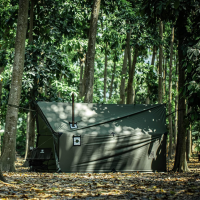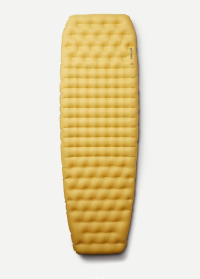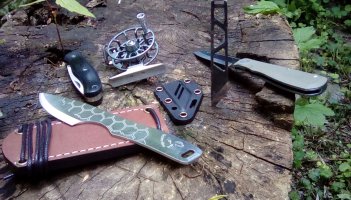Klymit Insulated Static V Sleeping Pad
to temporarily replace the recently popped as yet unrepaired Summit to Summit Ether Light XT Insulated Mat. Got complacent with the twigs
to temporarily replace the recently popped as yet unrepaired Summit to Summit Ether Light XT Insulated Mat. Got complacent with the twigs




